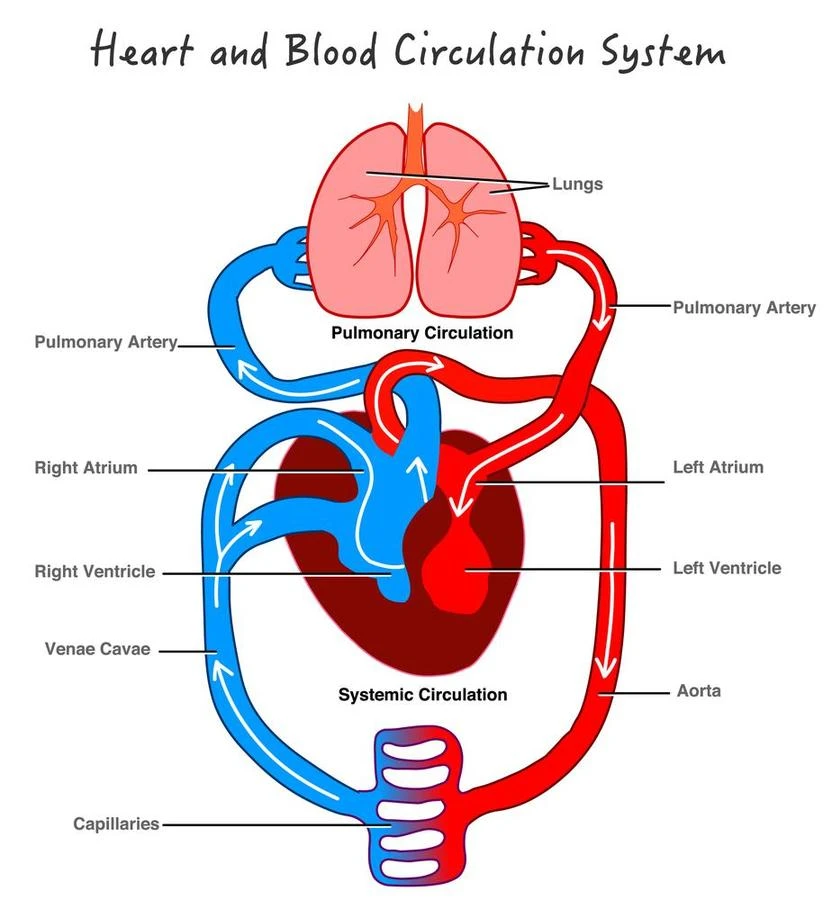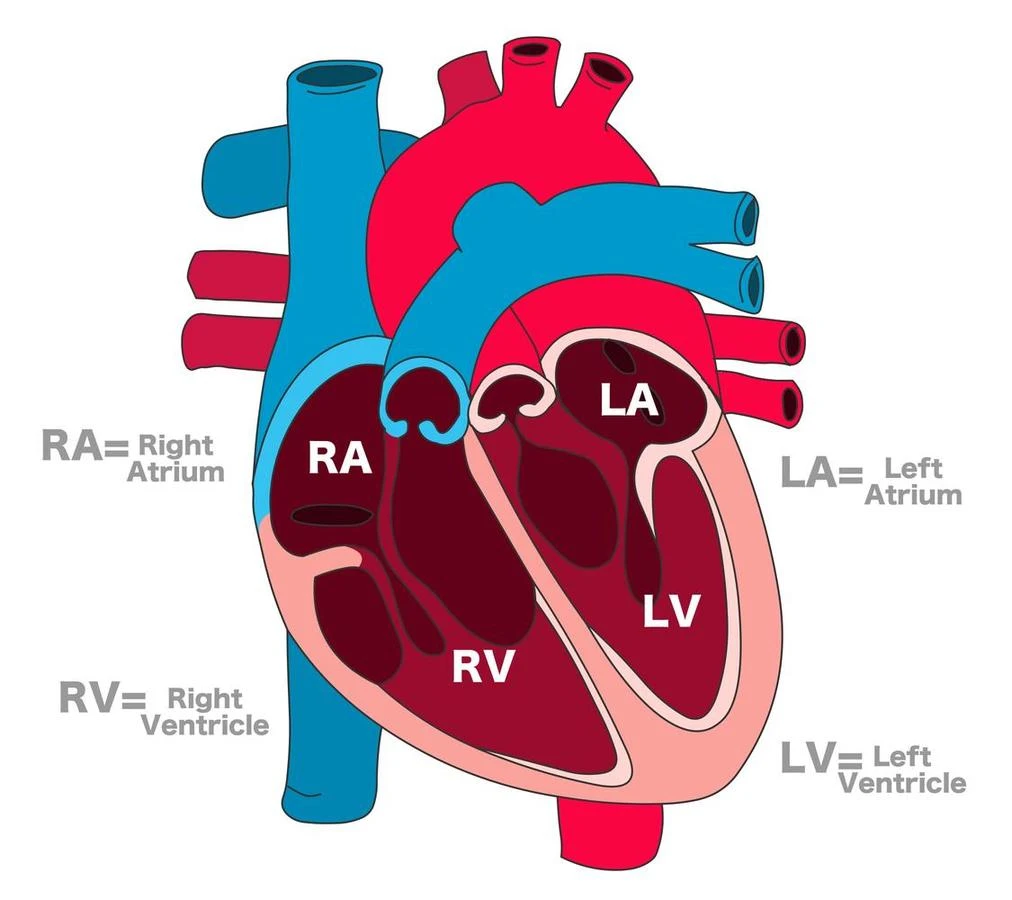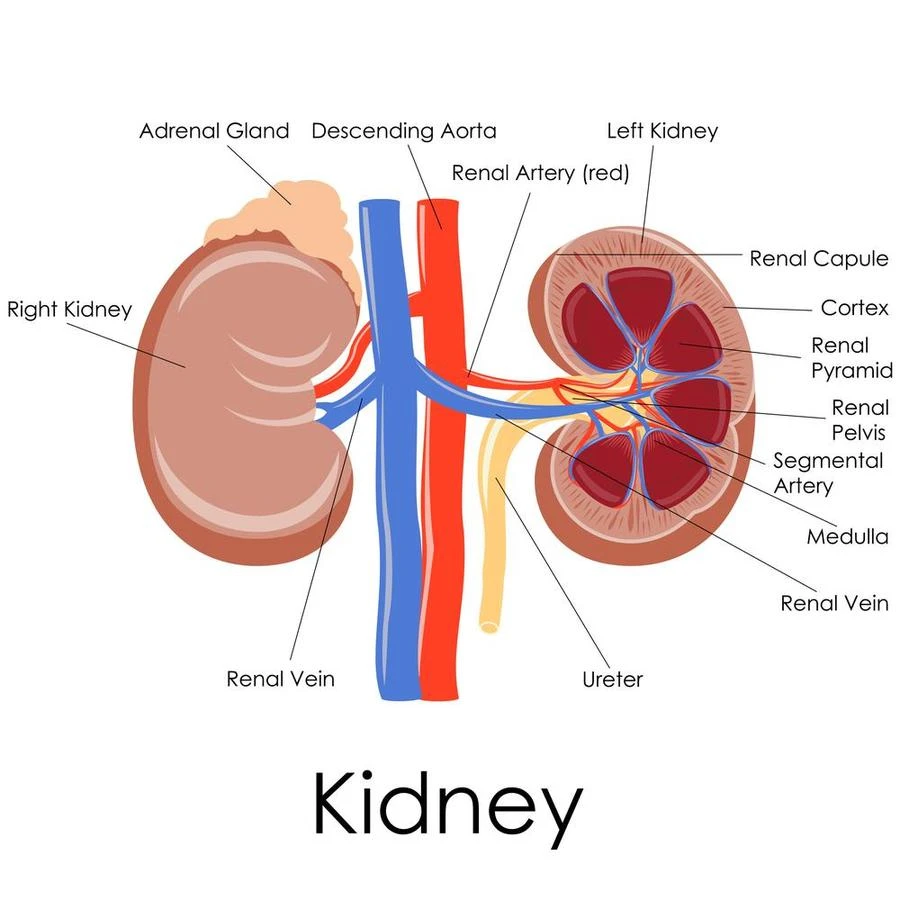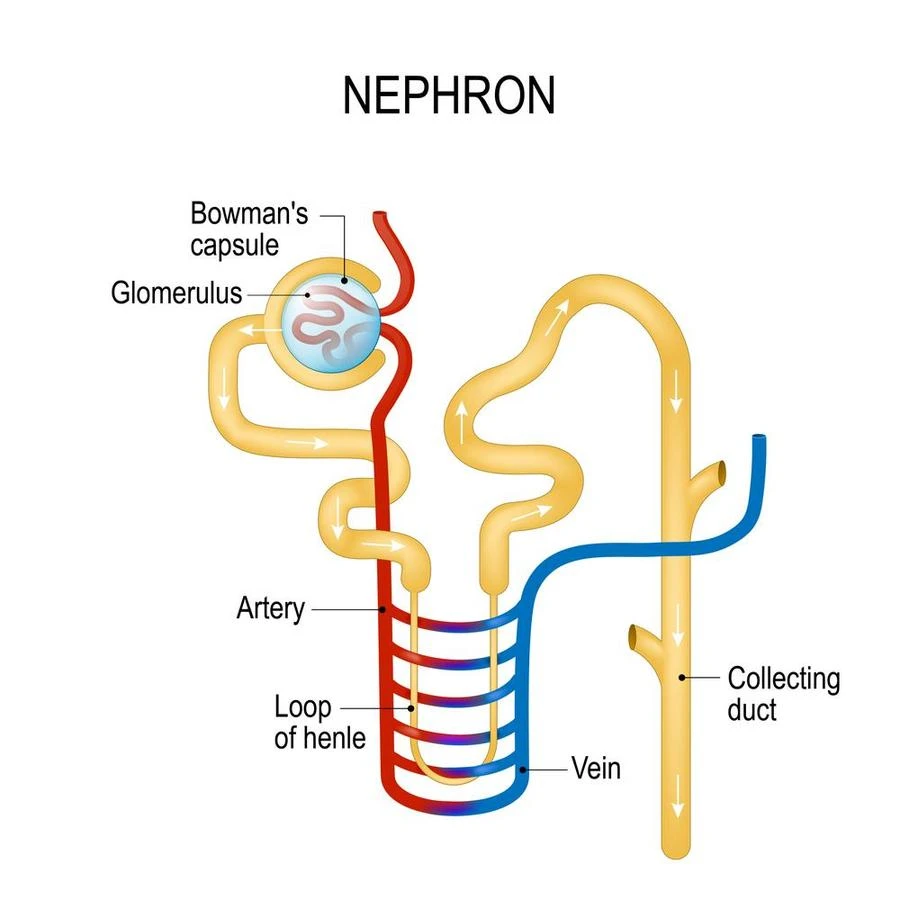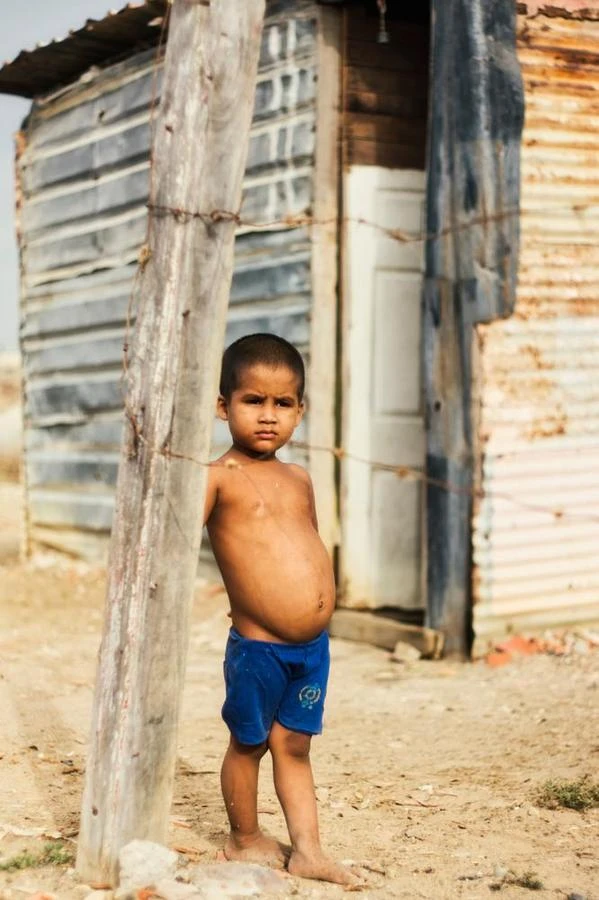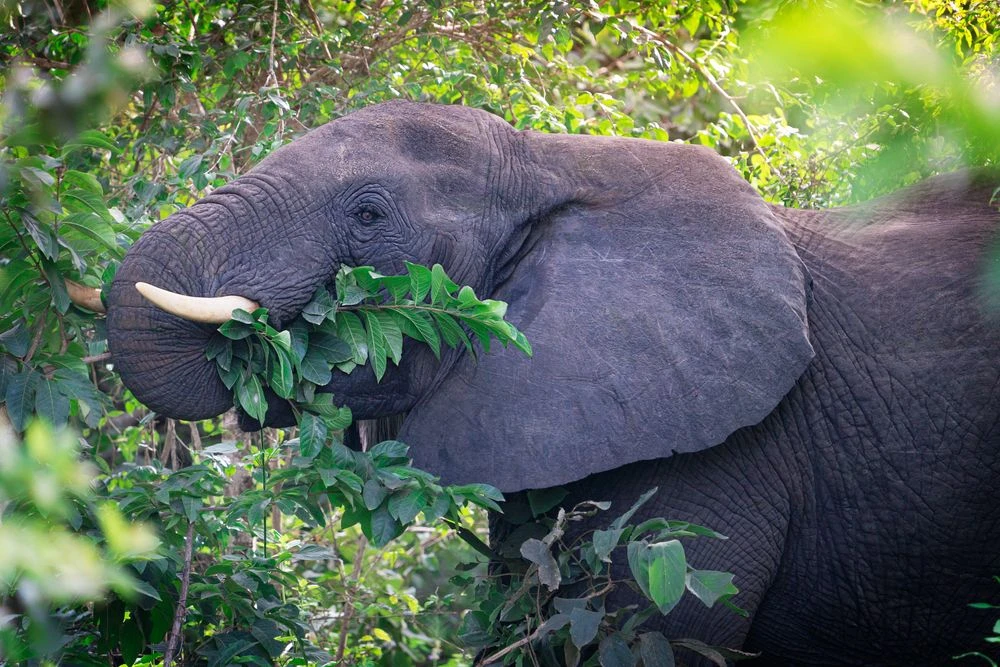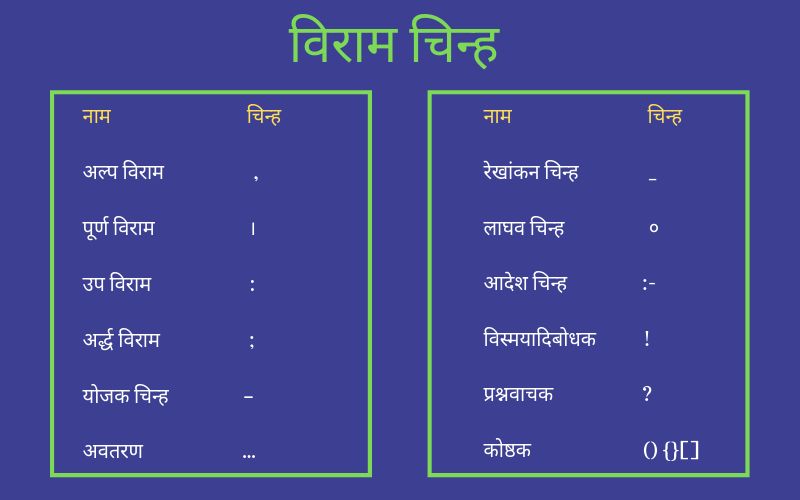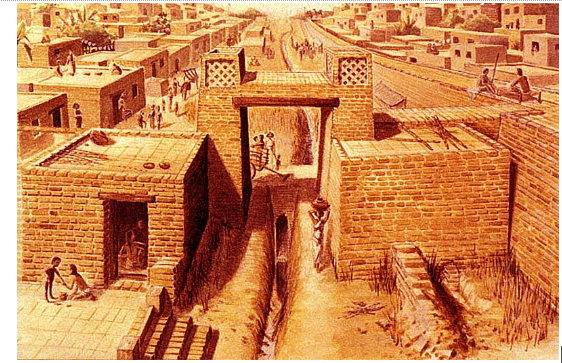शब्दों की जानकारी और उस शब्द का पूर्ण ज्ञान होना शब्द विचार कहलाता है। शब्द विचार हिन्दी व्याकरण का दूसरा भाग है। इसके अंतर्गत ध्वनियों के मेल से बने सार्थक वर्ण समूह जैसे-भेद-उपभेद, संधि-विच्छेद आदि को पढ़ा जाता है।
इसके अंतर्गत शब्द की परिभाषा, भेद-उपभेद, संधि, विच्छेद, रूपांतरण, निर्माण आदि से संबंधित नियमों पर विचार किया जाता है।
शब्द की परिभाषा
वर्णों या अक्षरों से बना ऐसा स्वतंत्र समूह जिसका कोई अर्थ हो, वह समूह शब्द कहलाता है। जैसे: लड़का, लड़की आदि।
शब्द विचार का वर्गीकरण

–:अर्थ के आधार पर
–:बनावट या रचना के आधार पर
–:प्रयोग के आधार पर
–:उत्पत्ति के आधार पर
अर्थ के आधार पर शब्द के भेद
1. सार्थक शब्द:
वे शब्द जिनसे कोई अर्थ निकलता हो, सार्थक शब्द कहलाते हैं। जैसे: गुलाब, आदमी, विषय आदि।
2. निरर्थक शब्द :
वे शब्द जिनका कोई अर्थ ना निकल रहा हो या जो शब्द अर्थहीन हो, निरर्थक शब्द कहलाते हैं। जैसे: देना-वेना, मुक्का-वुक्का आदि।
रचना (बनावट) के आधार पर शब्द के भेद
रचना के आधार पर शब्द के निम्नलिखित तीन भेद होते हैं:
1. रूढ़ शब्द :
ऐसे शब्द जो किसी विशेष अर्थ को प्रकट करते हैं लेकिन अगर उनके टुकड़े कर दिए जाएँ तो निरर्थक हो जाते हैं। ऐसे शब्दों को रूढ़ शब्द कहते हैं। जैसे: जल, कल, जप आदि।
2. यौगिक शब्द
ऐसे शब्द जो किन्हीं दो सार्थक शब्दों के मेल से बनते हों वे शब्द यौगिक शब्द कहलाते हैं। इन शब्दों के खंड भी सार्थक होते हैं। जैसे: स्वदेश : स्व + देश, देवालय : देव + आलय, कुपुत्र : कु + पुत्र आदि।
3. योगरूढ़ शब्द
ऐसे शब्द जो किन्हीं दो शब्द के योग से बने हों एवं बनने पर किसी विशेष अर्थ का बोध कराते हैं, वे शब्द योगरूढ़ शब्द कहलाते हैं। जैसे: दशानन : दस मुख वाला अर्थात रावण , पंकज : कीचड़ में उत्पन्न होने वाला अर्थात कमल आदि।
बहुब्रिही समास ऐसे शब्दों के अंतर्गत आते हैं।
प्रयोग के आधार पर शब्द के भेद
प्रयोग के आधार पर शब्द के दो भेद होते हैं :
1. विकारी शब्द :
ऐसे शब्द जिनके रूप में लिंग, वचन, कारक के अनुसार परिवर्तन होते हैं, वे शब्द विकारी शब्द कहलाते हैं। जैसे:
लिंग : बच्चा पढता है। –बच्ची पढ़ती है।
वचन : बच्चा सोता है। – बच्चे सोते हैं।
कारक : बच्चा सोता है। – बच्चे को सोने दो। बच्चा शब्द है यह लिंग, वचन वचन एवं कारक के अनुसार परिवर्तित हो रहा है। अतः यह विकारी शब्दों के अंतर्गत आएगा।
2. अविकारी शब्द :
ऐसे शब्द जिन पर लिंग, वचन एवं कारक आदि से कोई फर्क नहीं पड़ता एवं जो अपरिवर्तित रहते हैं। ऐसे शब्द अविकारी शब्द कहलाते हैं। जैसे: तथा, धीरे, किन्तु, परन्तु, तेज़, अधिक आदि।
शब्द लिंग, वचन कारक आदि बदलने पर भी अपरिवर्तित रहेंगे। अतः ये उदाहरण अविकारी शब्दों के अंतर्गत आएँगे।
उत्पत्ति के आधार पर शब्द के भेद
उत्पत्ति के आधार पर शब्द के चार भेद होते हैं:
1. तत्सम शब्द :
तत् (उसके) + सम (समान) यानी ऐसे शब्द जिनकी उत्पत्ति संस्कृत भाषा में हुई ओर वे हिन्दी भाषा में बिना किसी परिवर्तन के प्रयोग में आने लगे, ऐसे शब्द तत्सम शब्द कहलाते हैं। जैसे: पुष्प, पुस्तक, पृथ्वी, क्षेत्र, कार्य, मृत्यु, कवि, माता, विद्या, नदी, फल, अग्नि, पुस्तक आदि।
2. तद्भव शब्द :
ऐसे शब्द जिनकी उत्पत्ति संस्कृत भाषा से हुई थी लेकिन वो रूप बदलकर हिन्दी में आ गए हों, ऐसे शब्द तद्भव शब्द कहलायेंगे। जैसे:
दुग्ध – दूध
अग्नि – आग
कार्य –काम
कर्पूर– कपूर
हस्त – हाथ
3. देशज शब्द
ऐसे शब्द जो भारत की विभिन्न स्थानीय बोलियों में से हिंदी में आ गए हैं, वे शब्द देशज शब्द कहलाते हैं। जैसे: पेट, डिबिया, लोटा, पगड़ी, थैला, इडली, डोसा, समोसा, चमचम, गुलाबजामुन, लड्डु, खटखटाना, खिचड़ी आदि।
ऊपर दिए गए सभी उदाहरण भारत की ही विभिन्न स्थानीय बोलियों में से क्षेत्रीय प्रभाव के कारण परिस्थिति व आवश्यकतानुसार बनकर प्रचलित हो गए हैं। ये अब हिन्दी में आ गए हैं। अतः यह शब्द देशज शब्द कहलाएँगे।
4. विदेशी शब्द
ऐसे शब्द जो भारत से बाहर की भाषाओं से हैं लेकिन ज्यों के त्यों हिन्दी में प्रयुक्त हो गए, वे शब्द विदेशी शब्द कहलाते हैं। मुख्यतः यह विदेशी जातियों से हमारे बढ़ते मिलन से हुआ है। ये विदेशी शब्द उर्दू, अरबी, फारसी,अंग्रेजी, पुर्तगाली, तुर्की, फ्रांसीसी, ग्रीक आदि भाषाओं से आए हैं।
विदेशी शब्दों के उदाहरण निम्न हैं :
अंग्रेजी–: कॉलेज, पैंसिल, रेडियो, टेलीविजन, डॉक्टर, लैटरबक्स, पैन, टिकट, मशीन, सिगरेट, साइकिल आदि।
फारसी–: अनार,चश्मा, जमींदार, दुकान, दरबार, नमक, नमूना, बीमार, बरफ, रूमाल, आदमी, चुगलखोर, आदि।
अरबी–:औलाद,अमीर, कत्ल, कलम, कानून, खत, फकीर, रिश्वत, औरत, कैदी, मालिक, गरीब आदि।
अधिकतर पूछे गए प्रश्न–:
1.शब्द विचार को कितने आधार पर बाँटा गया है?
उत्तर:शब्द विचार को 5 आधार पर बाँटा गया है-
1.अर्थ के आधार पर
2.बनावटया रचना के आधार पर
3.प्रयोगके आधार पर
4.उत्पत्ति के आधार पर
5.अर्थ के आधार पर
2. रूढ़ शब्द किसे कहते है?
उत्तर: ऐसे शब्द जो किसी विशेष अर्थ को प्रकट करते हैं लेकिन अगर उनके टुकड़े कर दिए जाएँ तो निरर्थक हो जाते हैं। ऐसे शब्दों को रूढ़ शब्द कहते हैं। जैसे: जल, कल, जप आदि।
3.किसी अन्य भाषा और देश के शब्द किस वर्ग में आते है?
उत्तर:ऐसे शब्द जो भारत से बाहर की भाषाओं से हैं लेकिन ज्यों के त्यों हिन्दी में प्रयुक्त हो गए, वे शब्द विदेशी शब्द कहलाते हैं।
4.हिंदी व्याकरण का दूसरा भाग किसे कहते है?
उत्तर: हिंदी व्याकरण का दूसरा भाग शब्द विचार को कहा जाता है।
5. ‘दंत’ कैसा शब्द है?
उत्तर: दंत ‘तद्भव’ शब्द है।जिनकी उत्पत्ति संस्कृत भाषा से हुई थी लेकिन वो रूप बदलकर हिन्दी में आ गए हों, ऐसे शब्द तद्भव शब्द होते हैं।
इन्हे भी पढ़िये
